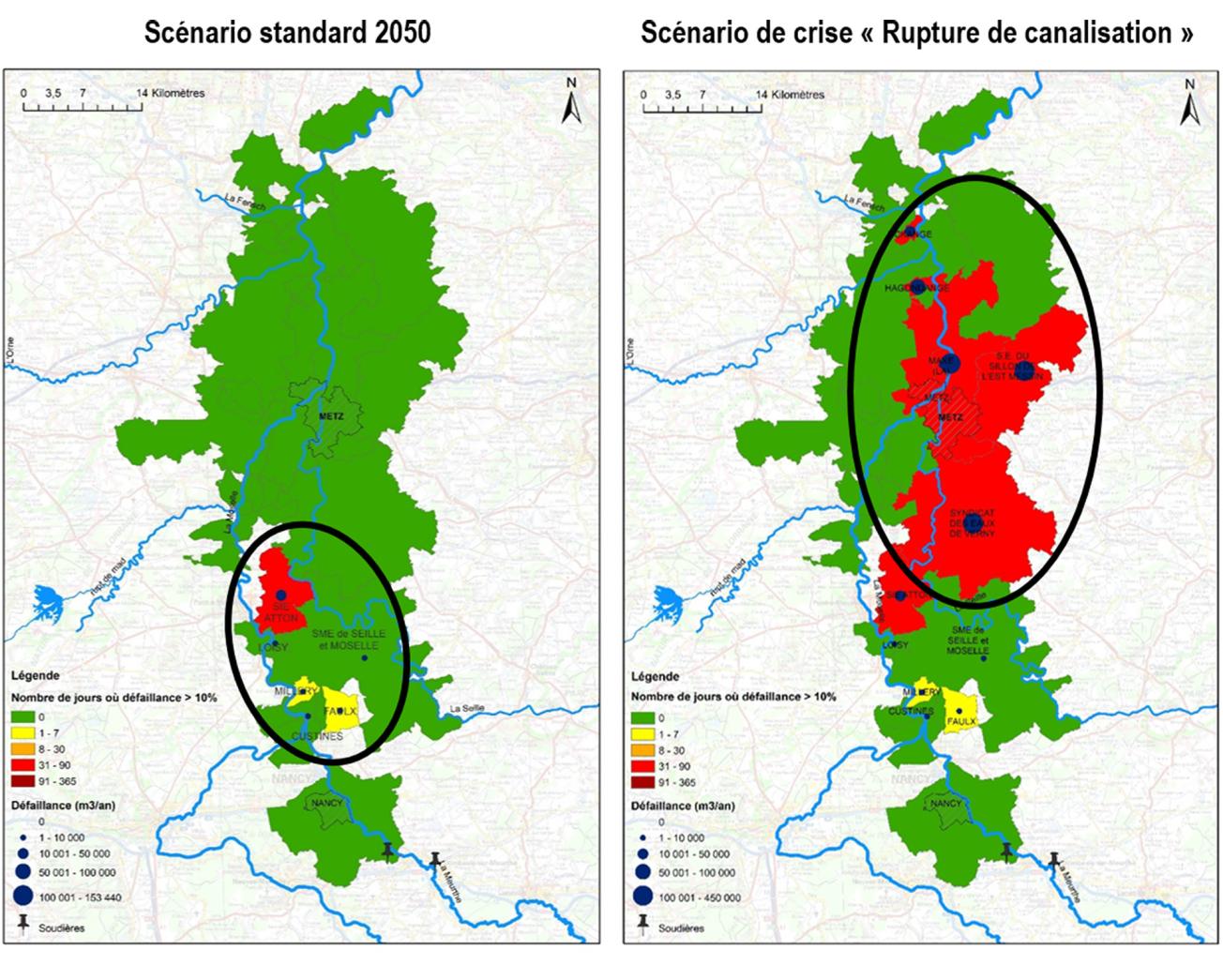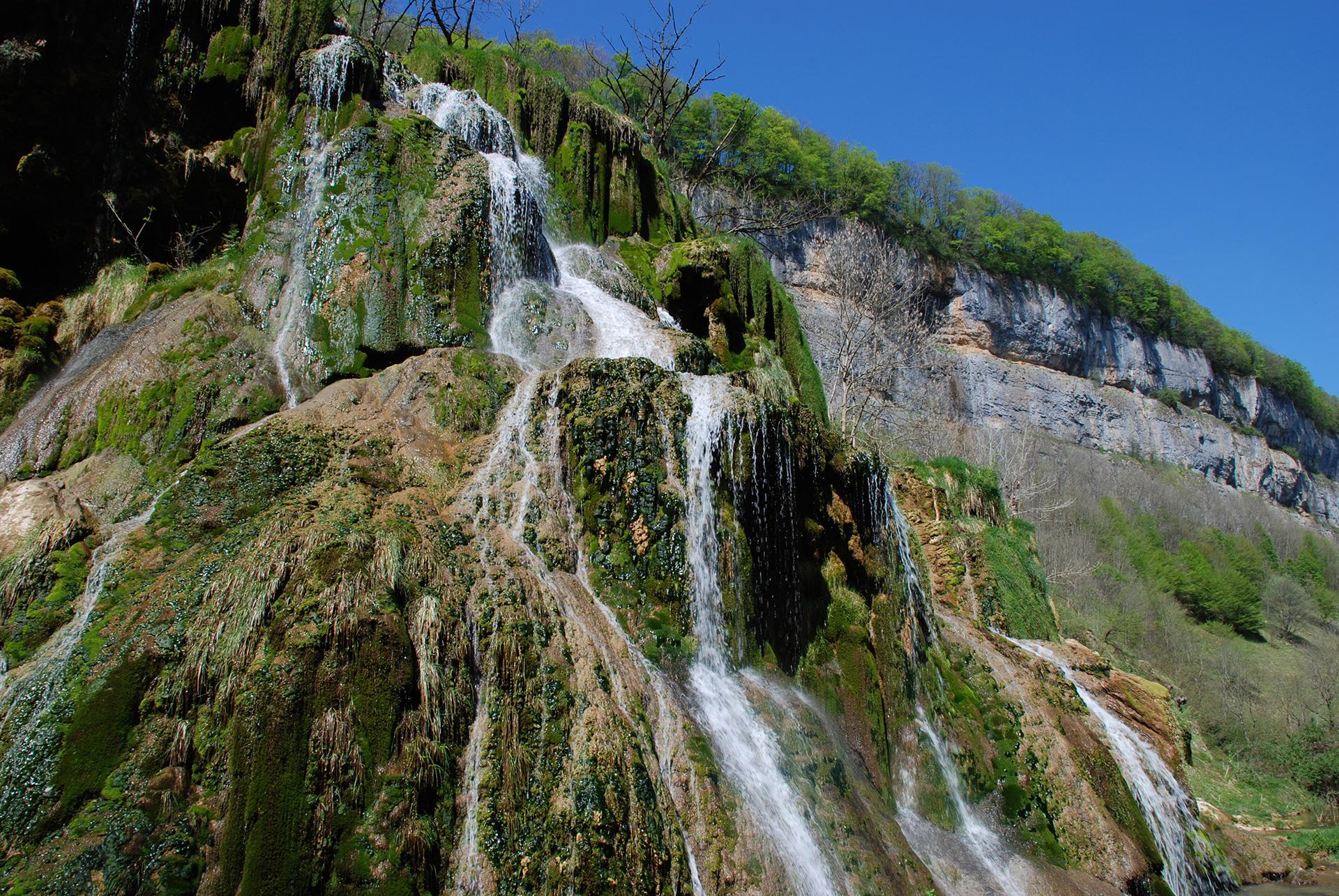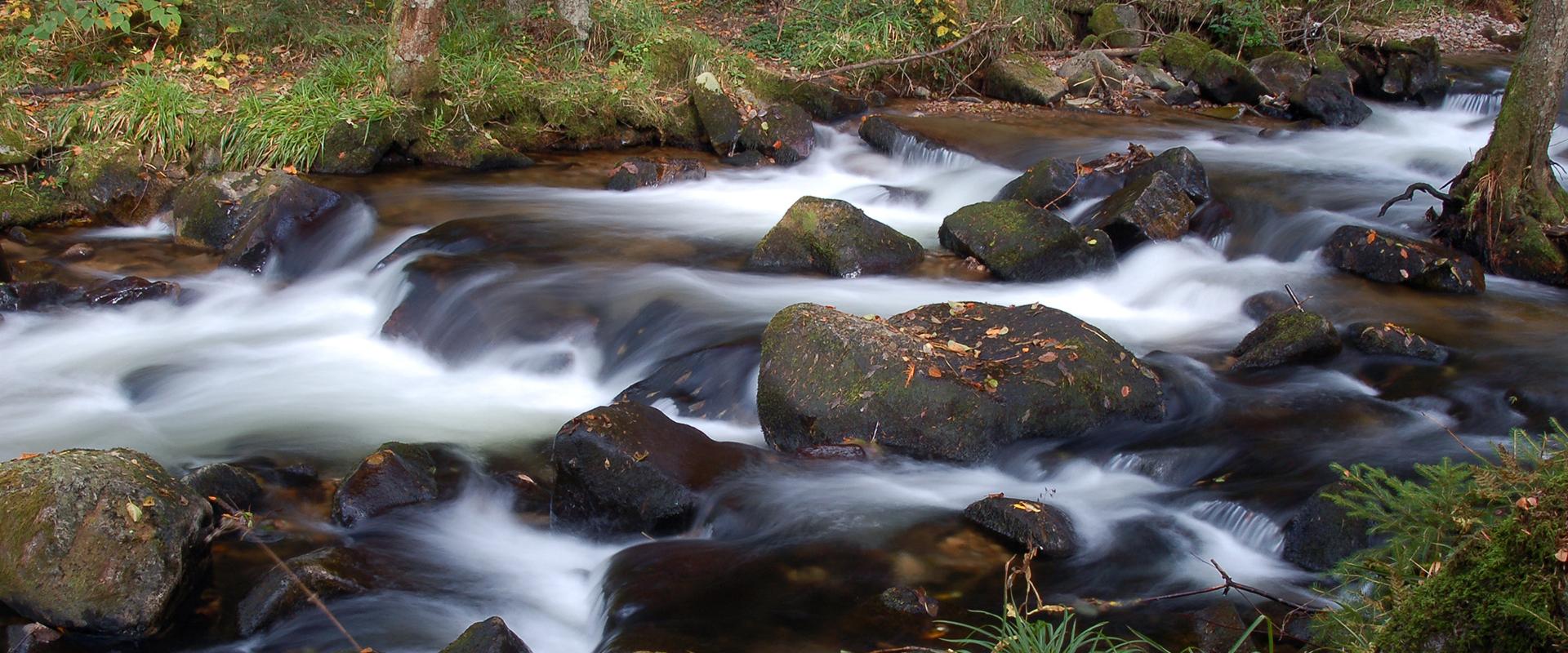
Mapping according to different scenarios identifying vulnerable areas requiring the implementation of preventive measures for drinking water supply.
© BRGM
The need
Chloride concentrations in the Meurthe and Moselle river valleys, downstream of the sodium carbonate and sodium bicarbonate factories and the confluence with the Sânon, are above the prescribed limit for drinking water supply (due to industrial discharges and the geochemical background). The recurrence of low water conditions could increase contaminant concentrations in the Moselle and the alluvial aquifer. Alluvial deposits account for 20% of the water supply of the communities in this area.
BRGM thus intervened in order to ascertain the vulnerability of the water supply system up to 2050, taking into account the current network structure and the possibilities for pooling resources, and also considering climate change aspects, changes in water demand and the risks of accidental interruption of supply.
The results
Three types of future scenarios were developed (in collaboration with local stakeholders) and then simulated using a hydro-economic model developed specifically for this study:
- Prospective scenarios for future water needs;
- Scenarios for future chloride levels in a context of climate change;
- Crisis scenarios of pipe failure and diffuse pollution.
Two vulnerable areas were thus identified:
- One vulnerable area in the southern part of the perimeter is linked to the dependence on alluvial deposits from the Moselle in an area of high chloride concentrations. There is a need for permanent preventive measures to protect the supply in this area;
- Another area in the northern part of the perimeter would become vulnerable in the event of a crisis affecting the Rupt de Mad resource. Given the current state of the infrastructure, alternative resources are indeed insufficient to compensate for the crisis. Consequently, there is a need for emergency measures to protect the supply in this area.
Using the results
The study identified the needs for securing the drinking water supply, and suggestions were made for the development of a preventive scheme, based on the following principles:
- Avoid single-source supply situations;
- Ensure the conservation of existing non-chlorinated alternative resources;
- Use two sources of complementary resources;
- Rely on proactive policies to control supply and demand in order to optimise the sizing of preventive solutions.
Given the interdependencies between communities, the study calls for a collaborative approach.
The partners
- Rhine-Meuse Water Agency

The BRGM study has enabled predictive modelling of the impact of chloride discharges on the drinking water supply in the Moselle river valleys. The different scenarios produced provide local stakeholders with keys for implementing targeted actions. Moreover, the Water Agency's 11th programme from 2019 to 2024 investigates eight major issues affecting the basin, one of which is the need to protect the Moselle river valleys.







